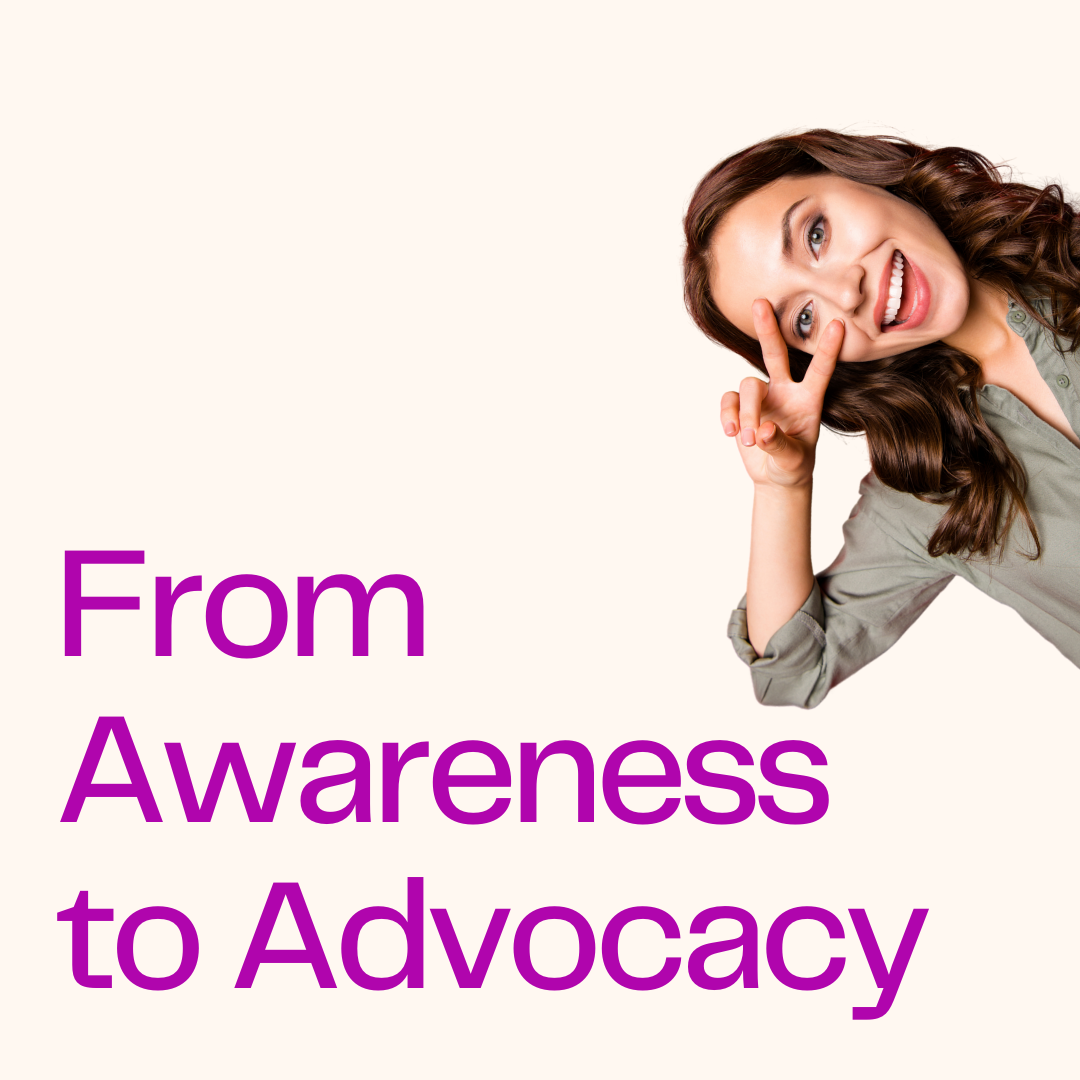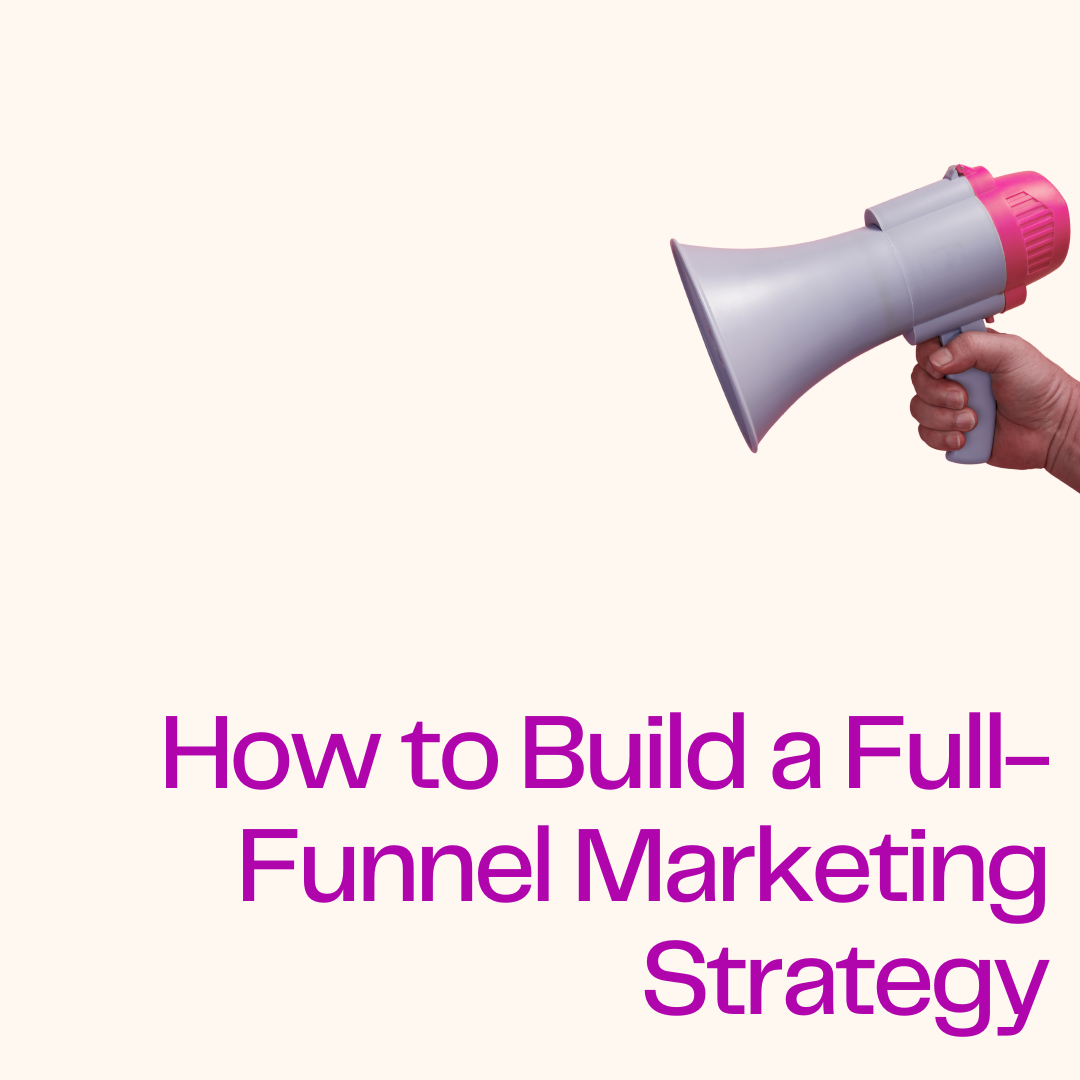In the world of marketing, creating a connection with your audience is crucial. The marketing funnel isn’t just a theoretical concept; it’s a practical framework that guides potential customers through their journey, from the first spark of awareness to becoming enthusiastic advocates for your brand.


We’ll break down the stages of the marketing funnel, explore how to create compelling content that guides your audience, and highlight brands that have successfully nurtured their customers through this journey.
In this blog, we’ll walk through each stage of the funnel and discuss how to create content that converts. Along the way, we’ll highlight real brands that are getting it right.
Understanding the Stages of the Marketing Funnel
Before we dive into content strategy, let’s break down the stages of the modern marketing funnel.
1. Awareness: The Top of the Funnel (TOFU)
The top of the funnel is where potential customers first encounter your brand. At this stage, they’re not yet ready to buy, but they’re open to learning more. Your main goal here is visibility — you want to be seen by as many relevant people as possible.
What you should focus on:
- Creating awareness through social media, SEO, and paid ads.
- Offering value upfront, whether it’s educational content or entertaining posts.
- Building brand recognition.
Example: Headspace, the meditation app, does an excellent job of creating awareness. They use free content like guided meditations, blog posts, and short-form videos on platforms like YouTube and Instagram. This content serves as a gateway, introducing people to the benefits of mindfulness.
2. Consideration: The Middle of the Funnel (MOFU)
Now that your audience knows who you are, it’s time to nurture their interest. They’ve shown curiosity, but they need more convincing. This is where your messaging should shift from awareness to offering solutions.
What you should focus on:
- Educating your audience further about how your product or service solves their specific problems.
- Offering in-depth content, such as case studies, webinars, product demos, and blog posts.
- Building trust by offering value before asking for a commitment.
Example: HubSpot nails the consideration stage. They offer free courses, eBooks, and webinars to help marketers improve their skills. By providing this valuable content, they not only educate their audience but also showcase the benefits of their platform in the process.
3. Conversion: The Bottom of the Funnel (BOFU)
At this stage, your audience is ready to make a decision. The focus here is on turning interested leads into customers. They’ve learned about your product, and now they need a final nudge to convert.
What you should focus on:
- Clear CTAs (Call-to-Actions) that make it easy to purchase, sign up, or contact you.
- Offering trials, demos, or special discounts to push leads over the edge.
- Social proof, such as testimonials or reviews, to reduce doubts.
Example: Dropbox does this incredibly well. Their email campaigns are targeted, offering free trials and showcasing customer success stories. They address potential concerns, offer a no-strings-attached trial, and make it easy to convert without feeling pressured.
4. Retention & Advocacy: Building Long-Term Relationships
Retention is often overlooked in many marketing strategies, but it’s vital for brand growth. Once you’ve turned someone into a customer, you need to keep them engaged and turn them into a loyal advocate who’ll spread the word.
What you should focus on:
- Delivering exceptional customer service and consistently delighting your customers.
- Building a community or loyalty program that rewards repeat purchases and engagement.
- Encouraging user-generated content (UGC) and reviews, which can help build trust and advocacy.
Example: Glossier is a prime example of turning customers into advocates. They’ve built an engaged community through social media and user-generated content. Their customers love sharing their experiences, which fuels organic growth and brand loyalty.
Creating Content That Moves People Through the Funnel
Now that we understand the stages of the funnel, let’s talk about how to create the right content for each phase.
- Awareness Stage Content: Focus on broad, educational content that doesn’t push for a sale. Think blog posts, infographics, social media content, and videos that solve a problem or answer a question.
- Consideration Stage Content: Offer deeper, more specific content that nurtures leads. Case studies, comparison guides, product demos, and webinars work well here.
- Conversion Stage Content: This is where you need to make it easy for people to take action. Create landing pages, email campaigns, testimonials, and product demos with clear CTAs.
- Retention & Advocacy Stage Content: Keep customers engaged with updates, exclusive offers, and content that deepens the relationship. Focus on customer success stories, loyalty programs, and community-building initiatives.
Actionable Takeaways
- Start with Awareness: Use broad content to introduce your brand to the world. Focus on value and solve a problem.
- Nurture with Consideration: Provide in-depth content that showcases the value of your product and builds trust.
- Convert with Clear CTAs: Make it easy for leads to make a decision and convert into paying customers.
- Build Long-Term Relationships: Keep customers engaged and turn them into advocates who will share your brand with others.
Conclusion: The Funnel is Just the Beginning
A full-funnel marketing strategy is a dynamic, ongoing process. It’s not just about moving people from awareness to conversion; it’s about creating lasting relationships with your customers. With the right strategy, content, and nurturing, you can turn leads into loyal advocates who help drive your brand’s growth for years to come.
